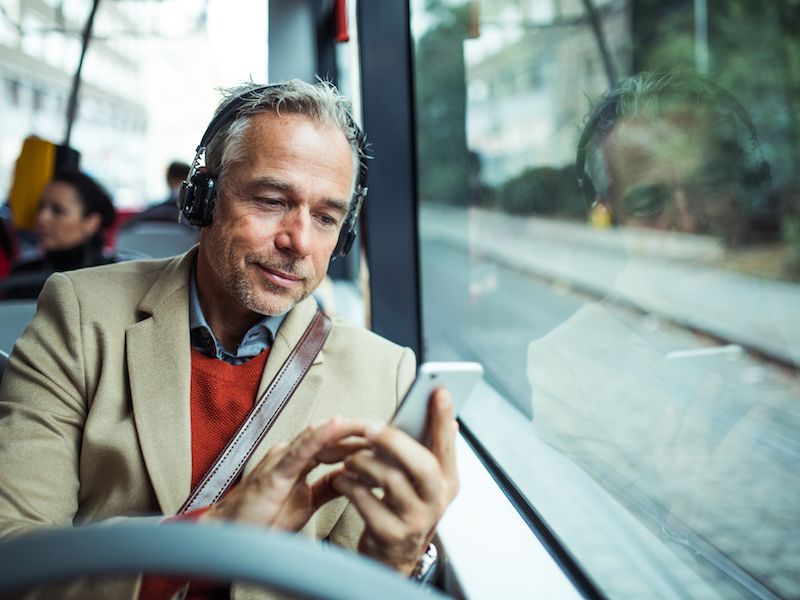
Normally, loss of hearing is thought of as an issue only impacting older people – as a matter of fact, it’s estimated that around 50% of individuals who have loss of hearing are 75 or older. But a new study reveals that younger people are at risk for hearing loss – and, alarmingly, they are losing their hearing even though it’s absolutely avoidable.
A study of 479 freshmen from three high schools conducted by The National Foundation for the Deaf and Hard of Hearing found that 34% of those freshmen exhibited signs of hearing loss. The reason? Mobile devices with headphones or earbuds connected are thought to be the primary cause. And younger people aren’t the only ones at risk.
What Causes Hearing Loss in People Below The Age of 60?
There’s a simple rule regarding earbud volume for teenagers and everyone else – it’s too loud if others can hear your music. Damage to your hearing can occur when you listen to noises higher than 85 decibels – which is approximately the volume of a vacuum cleaner – for an extended time period. If the volume is cranked all the way up on a standard mobile device it’s volume is approximately 106 decibels. In this circumstance, injury begins to occur in less than 4 minutes.
While you might think that this stuff would be common sense, the reality is kids spend upwards of two hours every day on their devices, and ordinarily they have their earbuds plugged in. They’re playing games, watching videos, or listening to music during this time. And if current research is to be believed, this time will only get longer over the next few years. Studies show that dopamine is stimulated by smartphones and other devices with screens, in younger kids’ brains, which is exactly what addictive drugs do. Kids loss of hearing will continue to multiply because it will be increasingly challenging to get them to put away their screens.
The Risks of Hearing Loss in Young People
Irrespective of age, it’s obvious that loss of hearing offers a number of struggles. But there are additional problems for young people concerning after school sports, job prospects, and even academics. The student is put at a disadvantage if they have a hard time hearing and comprehending concepts during class because of early hearing loss. And because sports require a lot of listening to coaches and teammates calling plays, sports become a lot more difficult. Teenagers and younger adults who are going into the workforce will have unneeded challenges if their hearing loss has a negative impact on their confidence.
Social struggles can also continue due to loss of hearing. Kids whose hearing is impaired have a more difficult time connecting with friends, which frequently leads to social and emotional struggles that require therapy. Mental health troubles are ordinary in people of all ages who have hearing loss because they often feel isolated and experience anxiety and depression. Treating hearing loss in many cases must go hand-in-hand with mental health treatment, especially in kids and teenagers during formative years.
Avoiding Hearing Loss
The first rule to adhere to is the 60/60 rule – offending devices should be at no more than 60% of their maximum volume for less than 1 hour per day. If your kids listen to headphones at 60% and you can still hear the sound while you are close to them, you should have them turn it down until you can’t hear it anymore.
Also older style over-the-ear headphones might be a better idea than earbuds. Earbuds, which are put directly in the ear, can actually generate 6 to 9 extra decibels compared to traditional headphones.
Throughout the day in general, you should do everything possible to minimize your exposure to loud noise. You can’t control everything, so try to make the time you’re listening to tunes headphone-free. And, you should see us as soon as possible if you suspect you are already suffering from hearing loss.